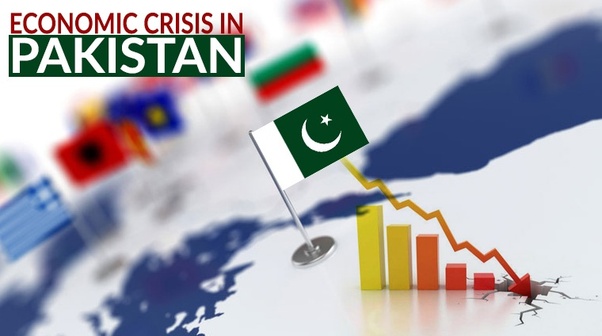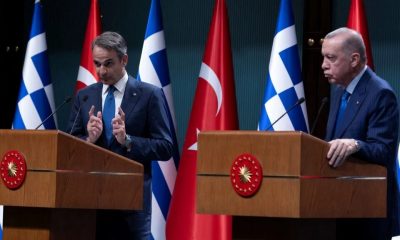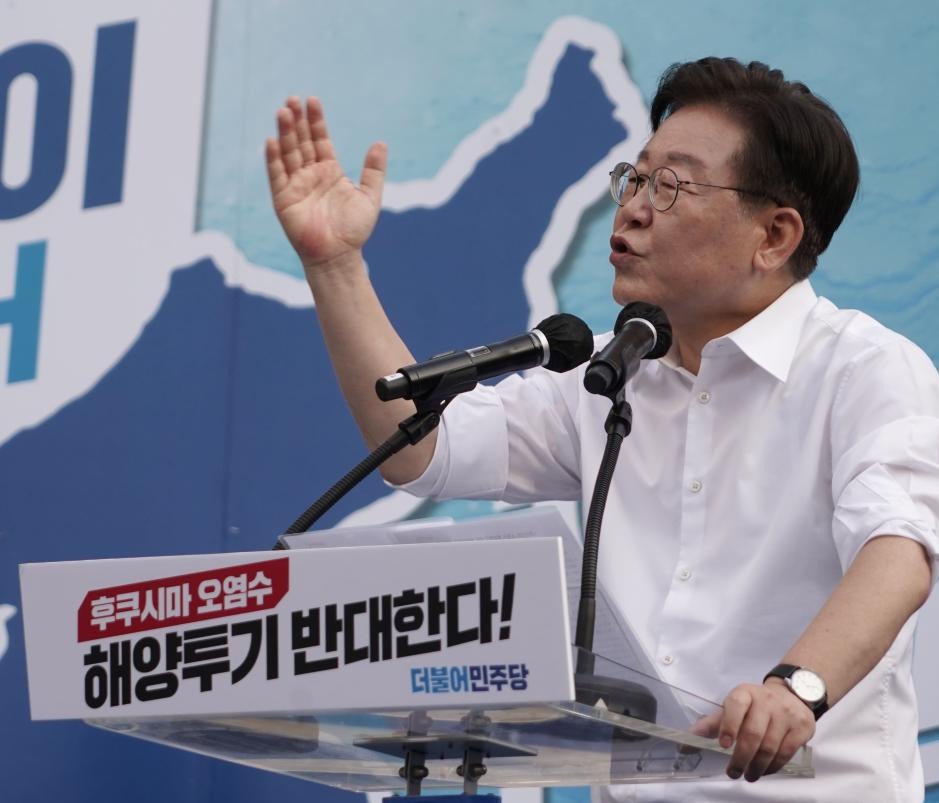Pakistan has witnessed further decline in Foreign Direct Investment (FDI) at a time when the country is going through an extreme financial crisis. The country recorded a huge decline in FDI which has pushed the already ailing economy of the impoverished country to the brink of collapse.
The investment has dropped by 52% in the first four months of the current financial year. FDI between July and October has decreased from $726 million to $348 million and the largest investment in Pakistan during the current financial year has come from China which amounted to about $74.8 million.
The State Bank of Pakistan has expressed concern over the decline in FDI, lamenting the country is moving towards becoming a bankrupt state. It fears the situation could be dire in case FDI declines further.
The UAE had invested $67.6 million this time last fiscal year, but in the current financial year, it has decreased to $51.4 million according to data provided by the State Bank of Pakistan.
Delay in reforms pushing Pakistan toward default
Without doubt, Pakistan’s economy will have a little chance to improve sans addressing structural distortions as these distortions are present across all aspects of economic policies to start from taxes to subsidies, from trade restriction to gender norms and etc….
Pakistan’s textiles exports have also dropped to their 17-month low since May 2021 due to a global economic slowdown in the textile and clothing demand in the US, UK and Europe. No matter whatever was the reason, whether price inflation, growing energy expenditure and surging credit costs in the West, it was a disappointing export scenario for Pakistan. Last year, Pakistan export earnings were at $19.35 billion, a historic high, but this year it may decline by $3 billion.
Islamabad is facing an unprecedented foreign exchange crisis, highlighting the fragility of the country’s economic situation.
But Pakistan’s Minister for Planning, Development and Reforms, Ahsan Iqbal said that there is no possibility of bankruptcy in the current state of Pakistan’s economy. Accepting economic problems, he said that efforts are being made to settle it quickly.
Challenging road ahead
Marred by political uncertainty and challenging economic indicators, Pakistan’s GDP growth is projected to witness a significant slowdown to 2.1% in the ongoing fiscal year.
In its latest report, the Egyptian financial services company forecast Pakistan’s real GDP growth will slow to 2.1% in FY, from 6.2% in the previous fiscal year with the potential for a mild recovery in FY24 to 3.1%.
According to the report, Pakistan’s macro outlook remains hostage to political instability that has unfolded since early this year after the impeachment of former Prime Minister Imran Khan.
Iqbal also blamed Khan and his political party Pakistan Tehreek-e Insaf (PTI) for spreading false propaganda on the country’s economic conditions. Khan is responsible for this financial crisis in Pakistan, according to Iqbal, who claimed that Shehbaz Sharif government will be able to come out of this situation.
Beside the political environment that has become a deadlock with a cornered ruling coalition facing an increasingly popular opposition, leading to a political stalemate, the recent floods also paint an unfavorable economic outlook with the loss of billions of dollars in infrastructures.
Moreover, supply disruptions on the food side, mainly due to the recent floods, and potential measures to contain the fiscal deficit are likely to keep inflation elevated, according to Egyptian report, as it also projected average inflation of 23.5% in FY23
Pakistan eyes boosting trade ties with Turkey
Pakistan Prime Minister Shehbaz Sharif is looking to boost trade and investment ties with Turkey as both the countries are going to celebrate the 75th anniversary of the establishment of diplomatic ties this year.
“The deep-rooted brotherly relations between Pakistan and Turkey will be further consolidated through strengthening trade and investment ties,” Sharif said, in his address at the Turkey-Pakistan Business Council organized by the Turkish Foreign Economic Relations Board (DEIK) in Istanbul.
Praising the contribution of DEIK in boosting commercial ties between the two nations, he voiced his government’s “strong commitment” to providing opportunities to businessmen from both sides to further develop mutually beneficial linkages.
Sharif said that the Trade in Goods Agreement (TGA) signed in August, during the Turkish trade minister’s visit to Pakistan will contribute to achieving higher trade volumes commensurate with the true potential existing between the two sides.
During one-on-one meetings with Turkey’s leading business people on the sideline of the meeting, he urged the businessmen to invest in Pakistan, particularly in the evolving energy sector, such as renewable, and assured complete support of Pakistan’s government.
Pakistan has all the potentiality for economic recovery
Given all the difficulties, it doesn’t mean Pakistan has no road toward economy stability and for this the country needs to reduce income, gender, regional inequalities through progressive taxation and pro-poor public expenditures, greater participation of women in the labor force as well as special attention to less advanced regions. Islamabad also needs to expand vocational and technical training and robust social safety nets.
Pakistan is a young nation in terms of population and for the next 50 years at least, Pakistan will have a relatively young populace while the advanced countries are aging. The authorities must use this potentiality and equip these young men and women with the skill sets required by labor-deficient countries.
Japan wants 80,000 ICT professionals until 2030, while Korea has also opened its doors to foreign workers, and similarly, the immigration policies of Canada, Australia, New Zealand have been altered in favor of technical and skilled manpower. This is indeed a great chance for the Pakistanis to meet this growing demand which at the end of the day this process will introduce and produce good professionals to the country.
The young generation can also emerge in technologies and their applications to industry, agriculture, education, health, finance, and other sectors or remain part of Technology laggards.
Pakistan’s economy continues to be in shambles and it is widely feared that Pakistan is on the verge of imminent default, and since the start of 2022, Pakistan has faced a series of balance of payments crises. Meanwhile, the devastating floods had taken up whatever was left of the poor population. Time has come for the Pakistani policymakers to halt politicking and solve the protracted economic problems through the workforce of its young and energetic generations.
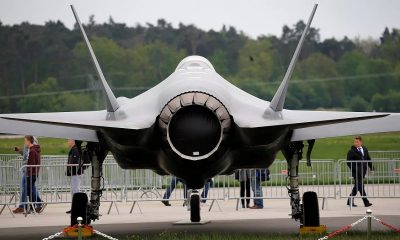
 EUROPE3 days ago
EUROPE3 days ago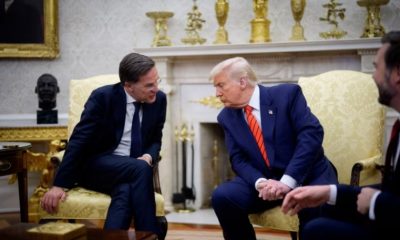
 EUROPE1 week ago
EUROPE1 week ago
 ASIA2 weeks ago
ASIA2 weeks ago
 EUROPE1 week ago
EUROPE1 week ago
 AMERICA1 week ago
AMERICA1 week ago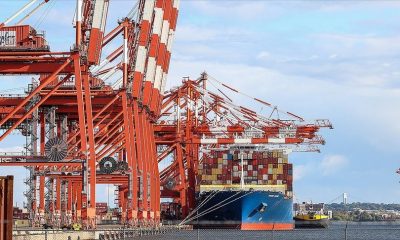
 DIPLOMACY4 days ago
DIPLOMACY4 days ago
 DIPLOMACY1 week ago
DIPLOMACY1 week ago
 RUSSIA2 weeks ago
RUSSIA2 weeks ago
